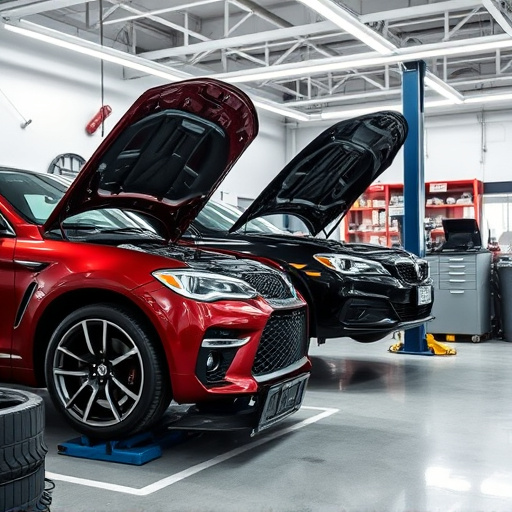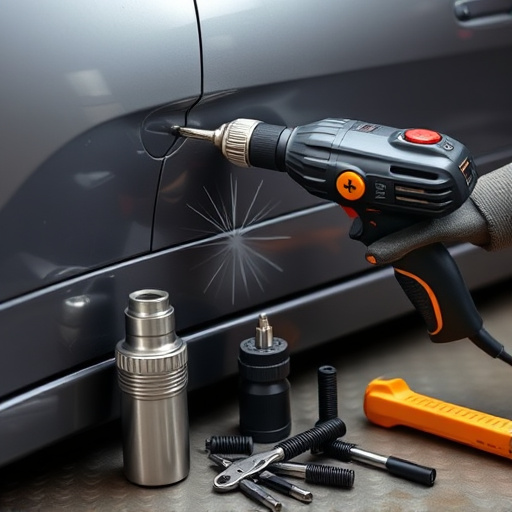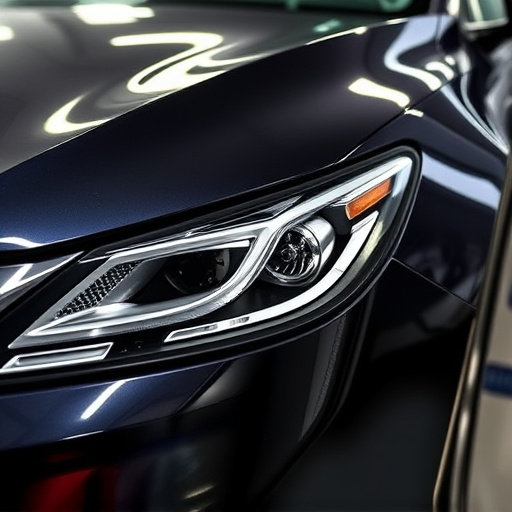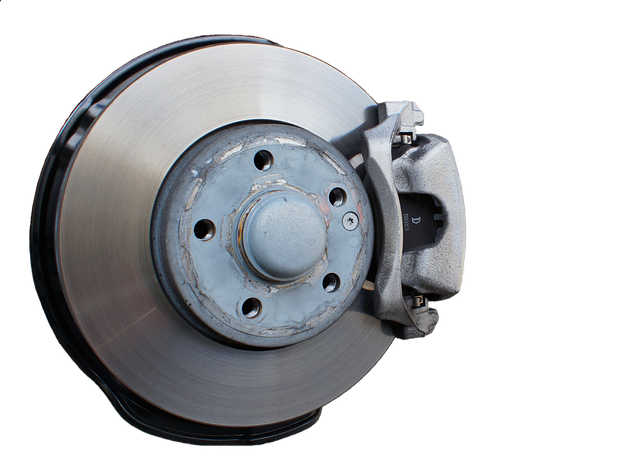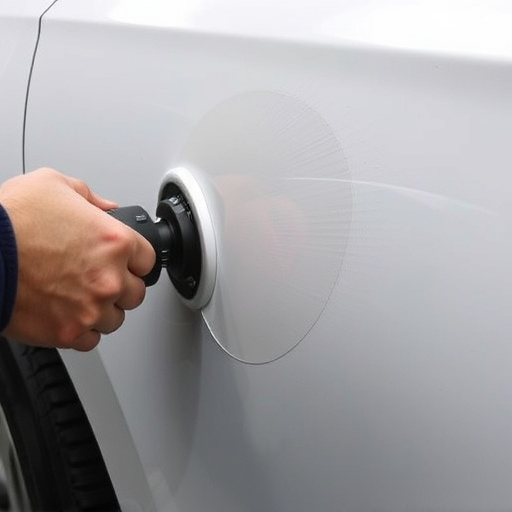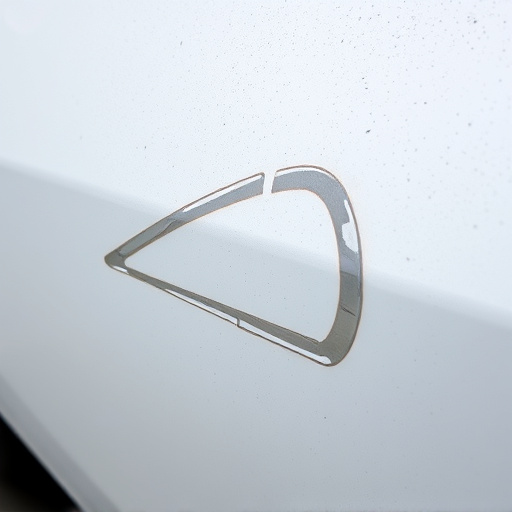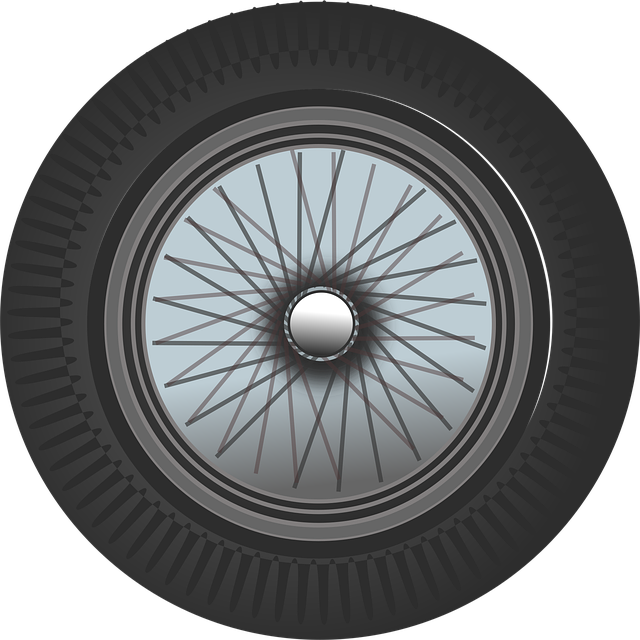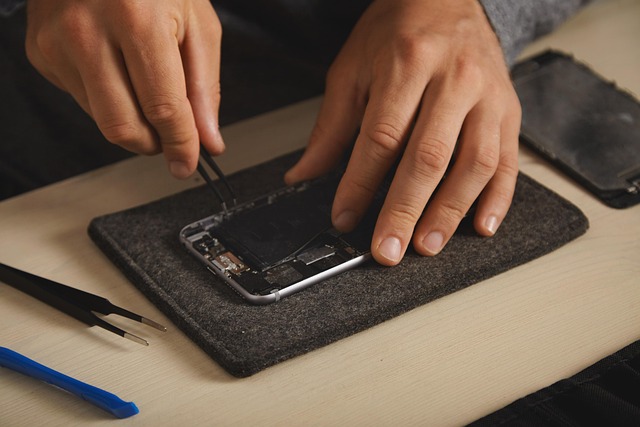Claim dispute resolution starts with filing a claim for incidents like car damage or auto frame repair. The insurance company assesses and offers an initial settlement, negotiable through mediation or arbitration with a neutral third party. Key steps include gathering strong evidence, such as detailed repair records, maintaining open communication, documenting conversations, and seeking professional advice from auto body restoration experts. Avoiding common mistakes like handling the process alone or lacking comprehensive documentation early on streamlines resolution. Effective strategies emphasize clear communication, detailed note-taking, and preserving evidence for successful claim dispute resolution.
Navigating claim dispute resolution can be a complex and challenging process. Whether it’s a business dispute or a personal injury claim, understanding the intricacies is crucial for a successful outcome. This article provides 10 practical tips to guide you through the journey, from grasping the claim dispute resolution process to implementing effective communication strategies and avoiding common pitfalls. By following these insights, you’ll be better equipped to navigate complex situations with confidence.
- Understanding the Claim Dispute Resolution Process
- Strategies for Effective Communication and Documentation
- Common Pitfalls to Avoid During the Dispute Resolution Journey
Understanding the Claim Dispute Resolution Process

Navigating the claim dispute resolution process can be complex, but understanding the steps involved is key to a successful outcome. This process typically begins with filing a claim after an incident, such as car damage repair or auto frame repair following an accident. The insurance company then assesses the claim and may offer an initial settlement. If both parties disagree on the terms, mediation or arbitration often follows, where a neutral third party assists in reaching a mutually acceptable agreement. This is particularly important when dealing with intricate issues like vehicle paint repair, as it ensures that all aspects of the dispute are thoroughly considered.
During this phase, it’s crucial to gather and present relevant evidence, such as detailed records of repairs made for car damage or auto frame repair. Effective communication and documentation are essential tools in claim dispute resolution, enabling both parties to navigate the process efficiently. Remember, the goal is to reach a fair settlement that addresses all concerns, ensuring everyone involved walks away satisfied with the outcome.
Strategies for Effective Communication and Documentation

Effective communication is a cornerstone of successful claim dispute resolution. When dealing with insurance companies or other parties involved in a dispute, clear and concise messaging is key. Start by gathering all relevant documents related to the incident, such as police reports, repair estimates from reputable car bodywork services, and photographs documenting the damage. These will serve as solid evidence to support your claim.
Moreover, maintain open lines of communication with everyone involved. Keep detailed records of all conversations, emails, and correspondence. Ensure that you clearly articulate your position, expectations, and any concerns. Consider seeking advice from professionals who specialize in auto body restoration to better understand the intricacies of the process and the value of your claim. This proactive approach will help navigate the complexities of claim dispute resolution more efficiently.
Common Pitfalls to Avoid During the Dispute Resolution Journey
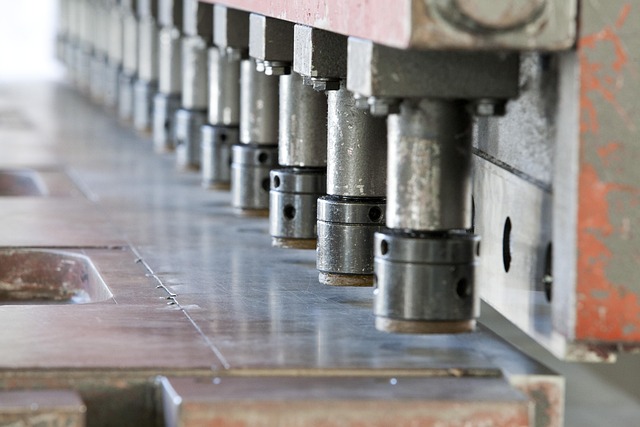
Navigating claim dispute resolution can be a complex process, often fraught with potential pitfalls that may hinder a swift and fair outcome. One common mistake many individuals make is attempting to handle the entire process alone without professional guidance. This DIY approach can lead to misunderstandings, miscommunications, and even delays in resolving the dispute, especially when dealing with intricate insurance policies or complex auto collision repair scenarios. It’s crucial to recognize that claim dispute resolution involves a delicate balance of rights, responsibilities, and legal intricacies.
Another trap to avoid is failing to gather comprehensive documentation from the outset. In the event of an accident, whether it’s a vehicle restoration or a visit to a collision repair center, promptly documenting all damages, costs incurred, and relevant details becomes essential. Without thorough records, proving your case can become challenging during negotiations or legal proceedings. Effective communication with all parties involved, keeping detailed notes, and preserving evidence are key strategies to steer clear of these common pitfalls, ensuring a smoother journey towards successful claim dispute resolution.
Claim dispute resolution is a complex yet manageable process. By understanding the procedures, implementing effective communication and documentation strategies, and steering clear of common pitfalls, you can successfully navigate these challenges. Remember, clarity, professionalism, and perseverance are key to achieving positive outcomes in any claim dispute resolution journey.

